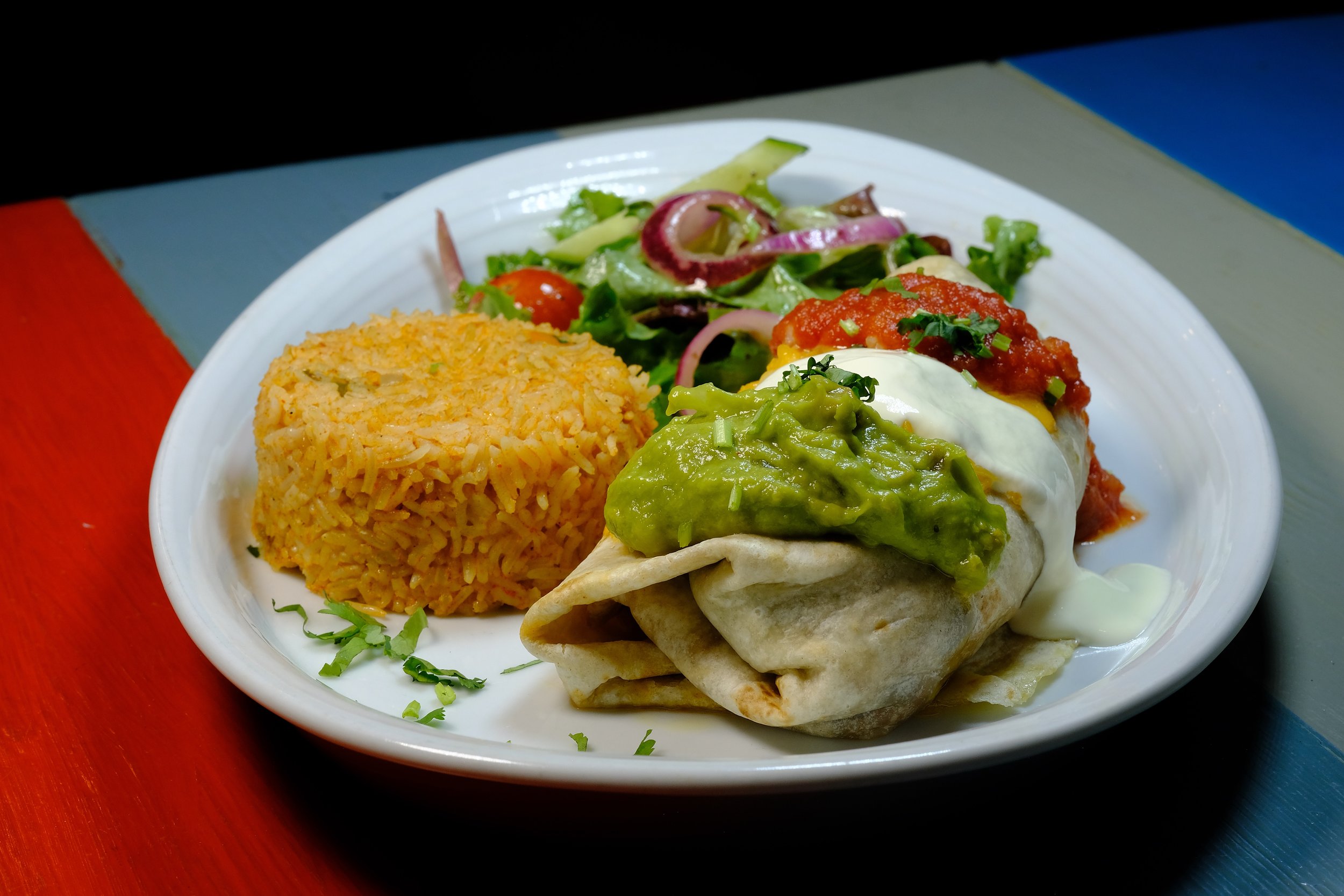CELEBRATE LATIN CUISINES AND ITS RICHNESS - BOTH IN CULTURE AND FLAVOUR
From the ‘Asado’ in Argentina to the fresh ceviche in Peru, the influences of Latin American cuisine can be felt throughout the whole world.
Of course, it’s a journey that doesn’t just start in South and Central America. While much of Latin food revolves around the sourcing of local fruits, vegetables, and proteins, there also lies deeply ingrained techniques and flavours that originated in Europe. This knowledge was brought to the region during the Age of Exploration and mixed harmoniously with available flora and fauna.
Today, in Vivo Latino, we celebrate Latin cuisine for its richness – both in culture and flavour. To many, food is more than just fuel, it represents an identity of a place that for many Latin Americans is the thing that ties them closest to their roots.
Farm to Table
Of course, this is a concept that isn’t exactly new to the world. Before we industrialised food production and made genetically modified produce a birthright, farm-to-table was simply a way of life. Local, in-season, readily available ingredients were all people had to work with when developing food culture.
Latin American food. Seafood shellfish ceviche raw cold soup salad of seafood shellfish almejas, lemon, cilantro onion in clay bowl on wooden background. Traditional dish of Peru or Chile
Latin America represents this concept in perhaps the most well-preserved original form. When you taste ceviche from Chile, you are tasting the physicality and personality of the place from which it came. There is an effortless appreciation and utilisation of everything that comes from the land and sea, and that translates directly into the food people grow up with and pass on to future generations.
Of course, this happens all around the world. However, there’s something familiar and comforting about Latin food that drives farm-to-table home for many of us who are used to food that was transported thousands of miles to make its way onto our plates.
Big Spice. Big Flavour.
Another bi-product of Latin food utilising local and available ingredients is the depth and diversity of flavours that result. Namely, most varieties of Latin food are known for being spicy. This has to do with how rapidly peppers grow in Latin American climates, and how they’ve been included in cooking for thousands of years.
The inclusion of bigger, more refined flavours and dishes didn’t develop until European influences were imbued into the local ingredients, culminating in the wide variety of different cultures and cuisines we enjoy today. People who associate South and Central American food as simply being spicy are writing off hundreds of years of acute attention to what makes cuisine great. Spicy yes – but hearty, sweet, savoury, refined, comforting, healthy, smokey, salty, and over-the-top delicious as well.
Complex Flavours Made Simply
One of the boons of Latin cuisine is how fundamentally simple most of the dishes are. Great variety in flavour, colour, and texture is achieved by using, in most cases, the same basic ingredients. Because of this, learning how to cook Latin food comes with a shallow learning curve that is easy for people to get a foothold in.
Compared to French, Chinese, or Japanese cuisine, for example, it won’t stretch your brain to realise why Latin influences are sprouting up all over the world. Simplicity combined with tastiness is a recipe for replication.
The only concern is that as Latin influences travel further and further from their point of origin, they get watered down and unauthenticated. This, naturally, is collateral damage for the spread of an idea.
However, those influences, when in the hands of the right people, will mix and mingle with local ingredients and techniques from a host of other established food cultures, resulting in new and interesting food that follows a thread through history.
One can only hope.






